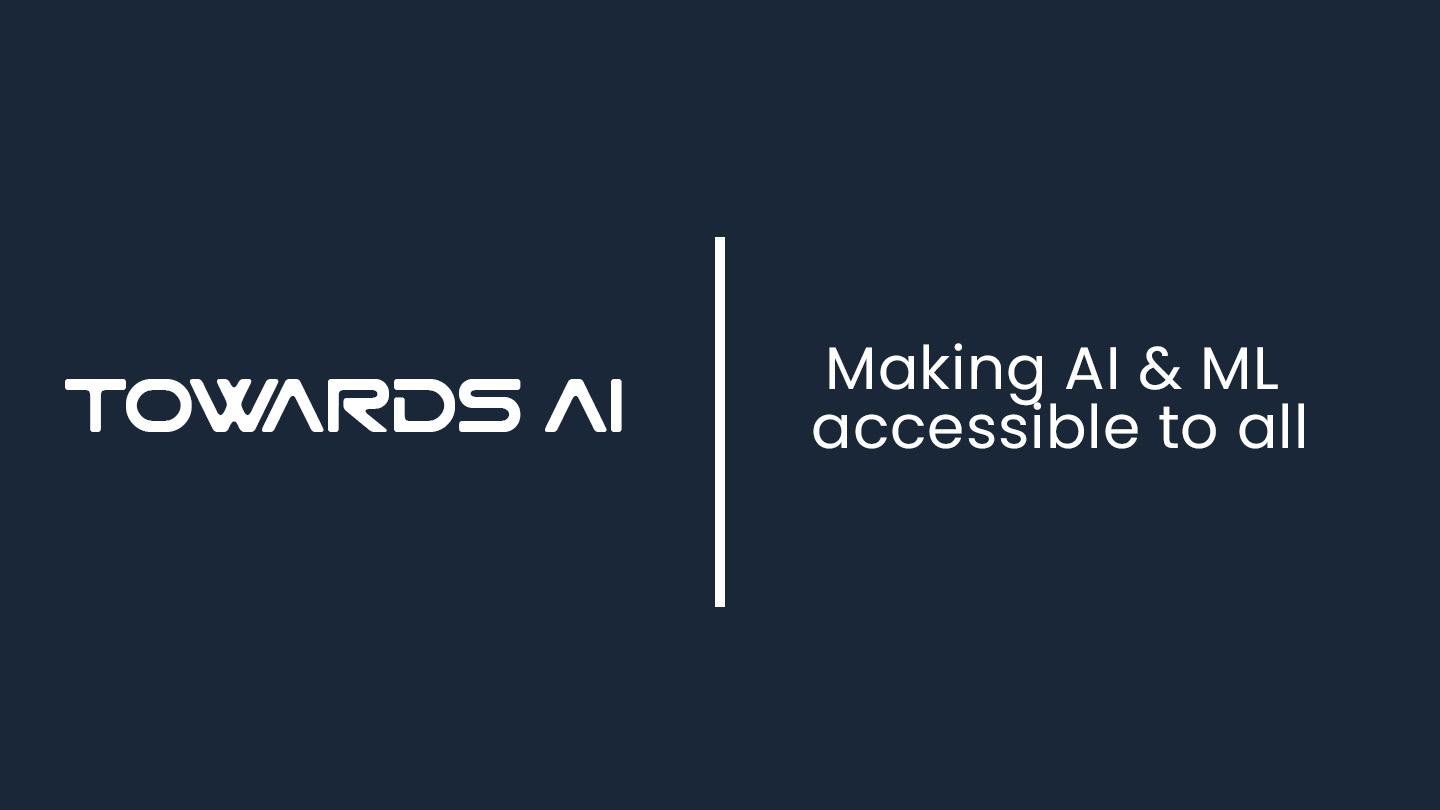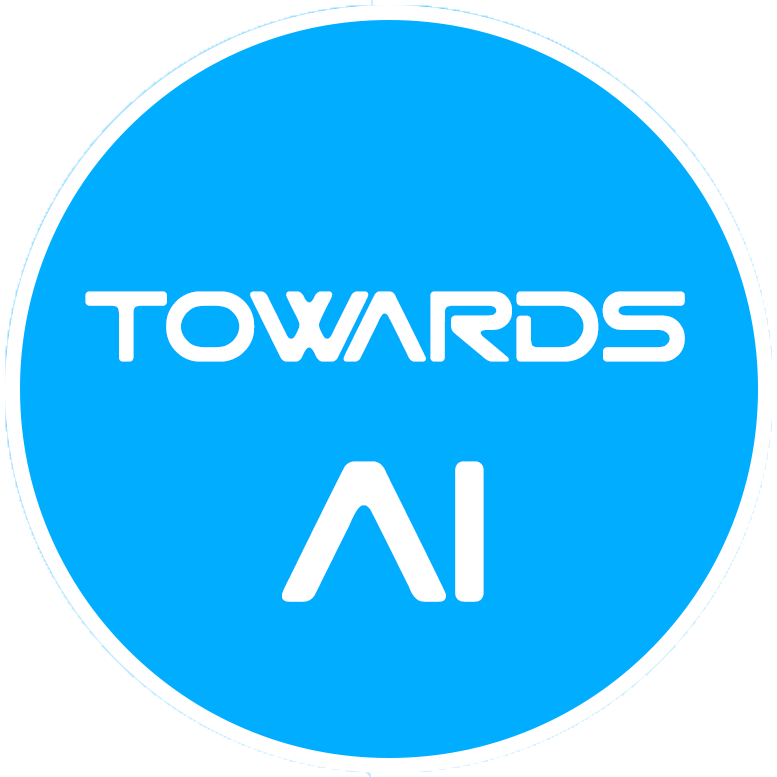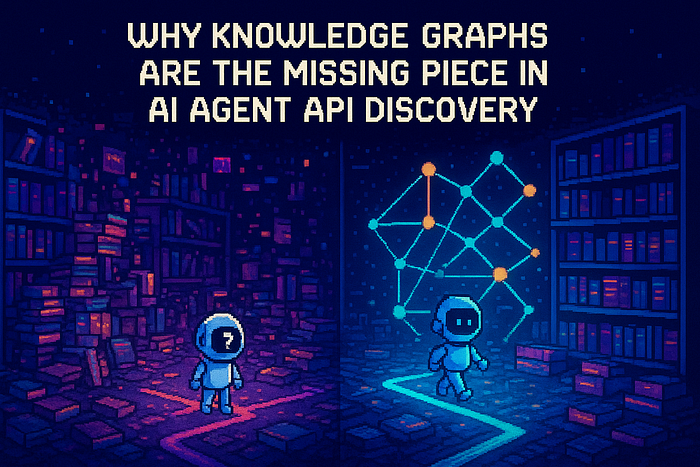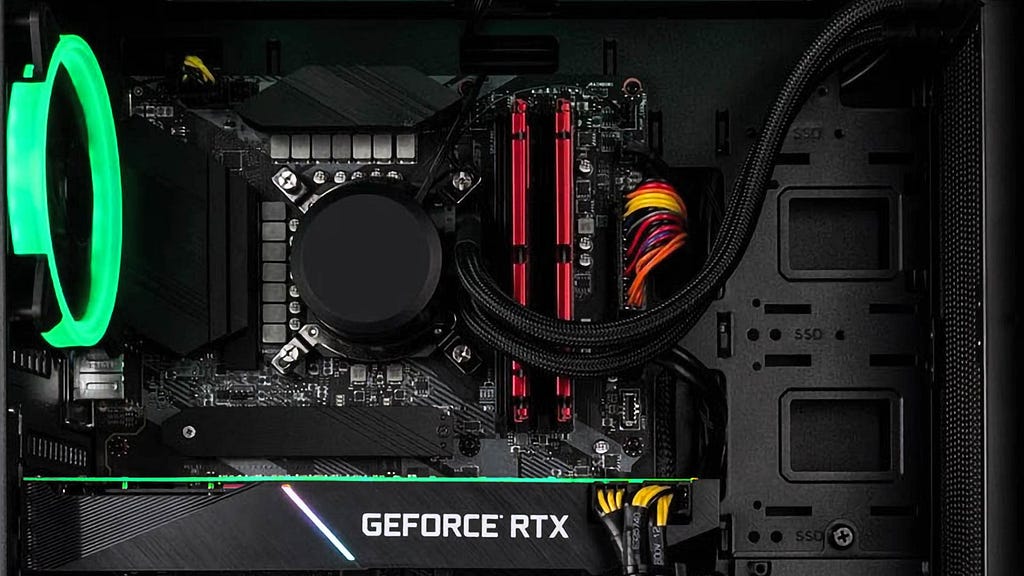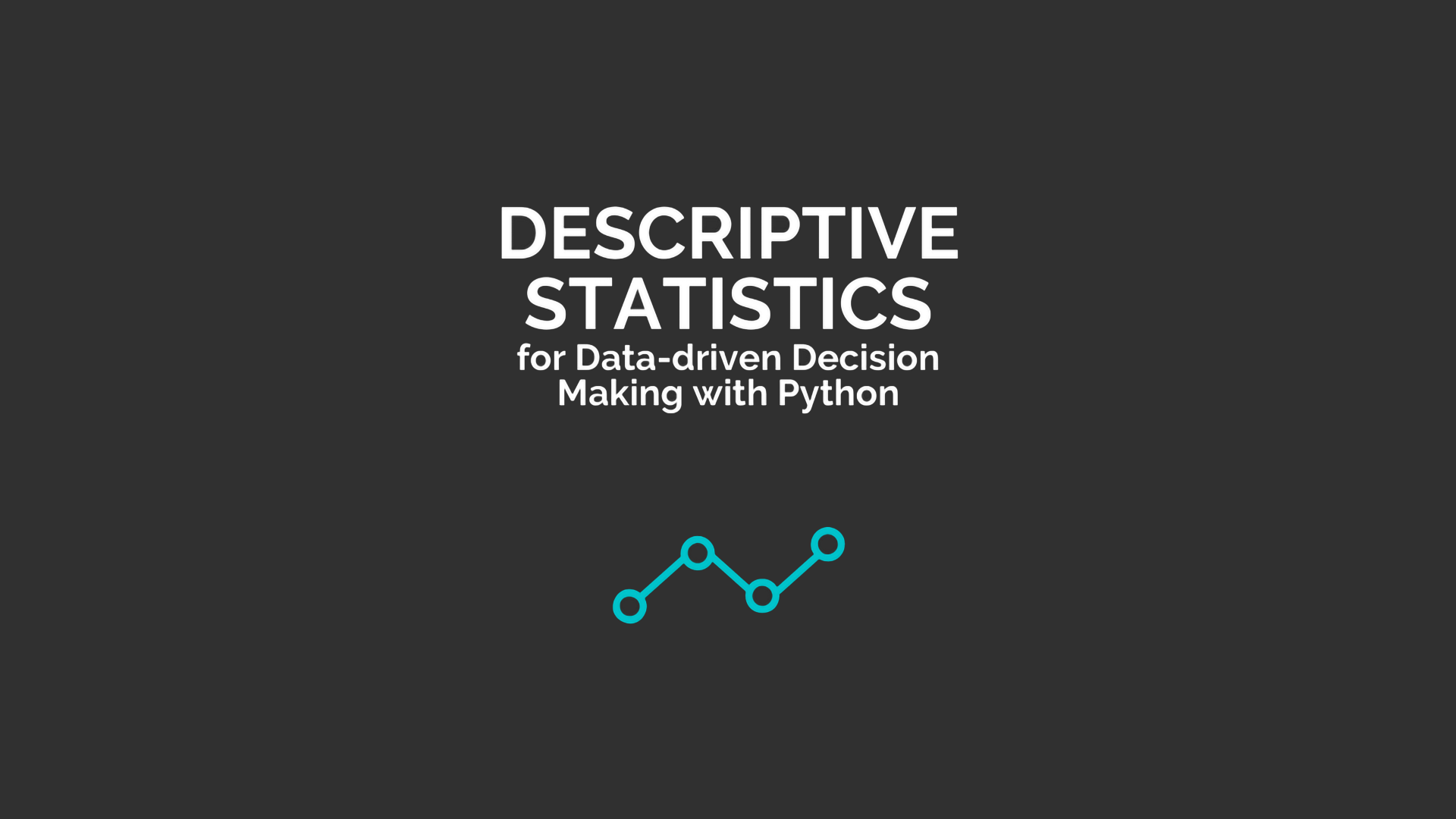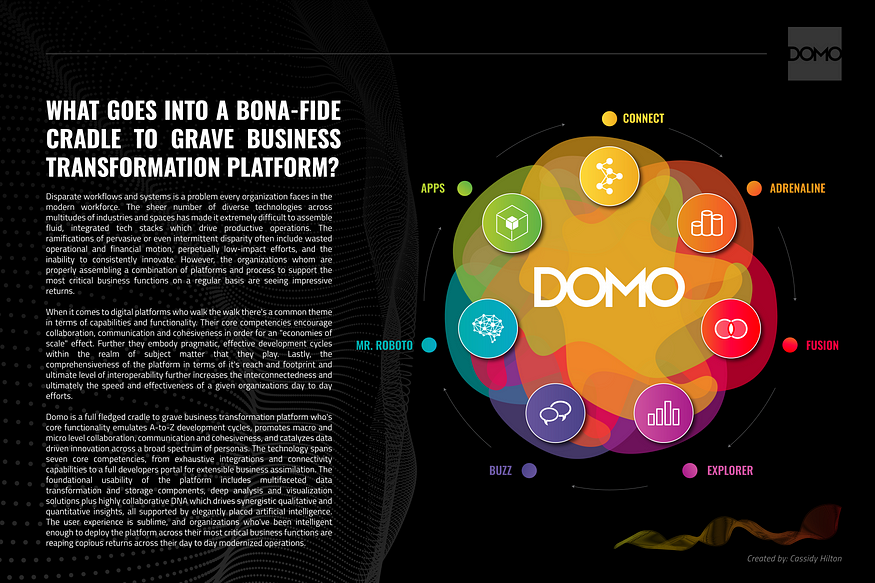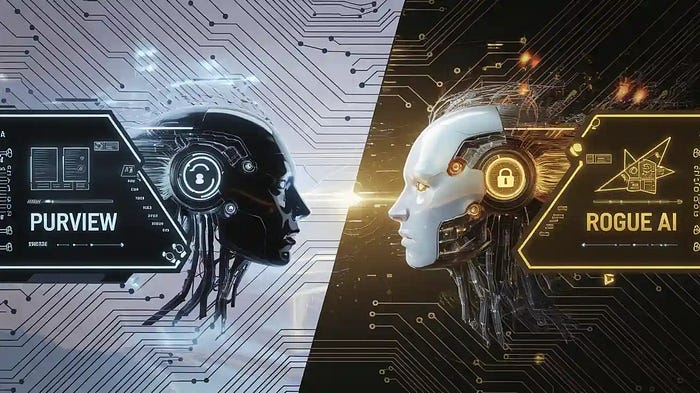From Newton to Neural Networks: Why Hallucinations Remain Unsolvable
Last Updated on April 29, 2025 by Editorial Team
Author(s): MKWriteshere
Originally published on Towards AI.
The Mathematical Paradox at the Heart of AI’s Greatest Challenge
When you marvel at a large language model’s capability, remember it rides on centuries-old mathematics.
Newton’s discovery of the derivative laid the groundwork for backpropagation; the same principle guides every weight adjustment in a neural network today.
By pairing his candlelit study with a glowing AI “brain,” we reveal that hallucinations aren’t a modern bug but an echo of this foundational technique.
These AI systems, designed to process and generate human-like text with remarkable fluency, are increasingly “hoist with their own petard” — undone by the very mechanisms that make them powerful.
As OpenAI finds itself puzzled by rising hallucination rates in newer models (o3 and o4 ), we’re witnessing what many AI skeptics have long predicted: a fundamental limitation that may be inherent to transformer architecture itself.
The connection between Newton’s calculus and modern AI is more than just historical trivia — it’s the key to understanding why hallucinations persist as an unsolvable problem.
Neural networks fundamentally rely on optimization techniques that trace back to Newton’s work on derivatives. Backpropagation, the algorithm that powers learning in these systems, is essentially the application of the chain rule of calculus to adjust weights and minimize error.
This mathematical lineage reveals something profound: the… Read the full blog for free on Medium.
Join thousands of data leaders on the AI newsletter. Join over 80,000 subscribers and keep up to date with the latest developments in AI. From research to projects and ideas. If you are building an AI startup, an AI-related product, or a service, we invite you to consider becoming a sponsor.
Published via Towards AI
Take our 90+ lesson From Beginner to Advanced LLM Developer Certification: From choosing a project to deploying a working product this is the most comprehensive and practical LLM course out there!
Towards AI has published Building LLMs for Production—our 470+ page guide to mastering LLMs with practical projects and expert insights!

Discover Your Dream AI Career at Towards AI Jobs
Towards AI has built a jobs board tailored specifically to Machine Learning and Data Science Jobs and Skills. Our software searches for live AI jobs each hour, labels and categorises them and makes them easily searchable. Explore over 40,000 live jobs today with Towards AI Jobs!
Note: Content contains the views of the contributing authors and not Towards AI.

